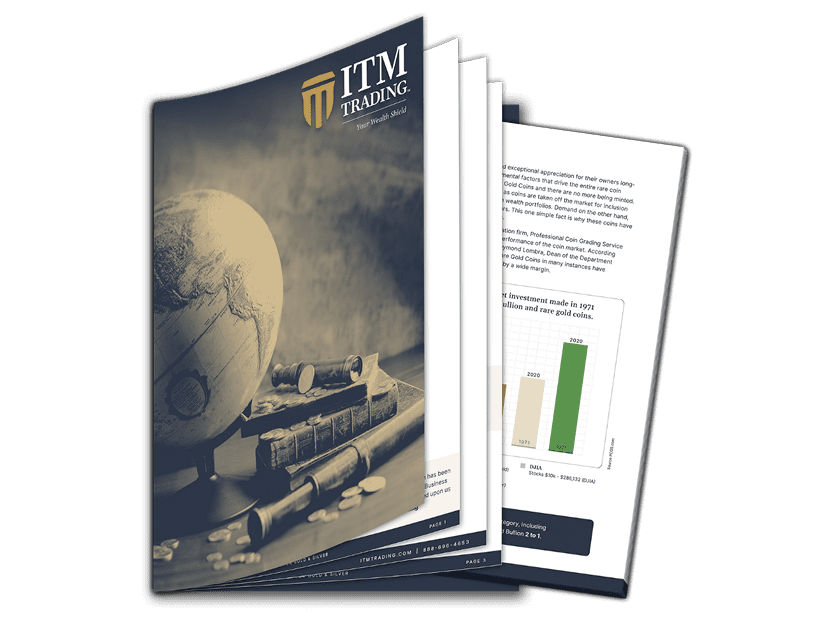US Mint Gold Coins Published Sales Figures May 2011

US Mint Gold Coins Published Sales Figures May 2011
In early May 2011, the US Mint published the sales figures for the debut of three coins. The three debuting US Mint gold coins were the Mount Hood Quarter Three-Coin Set, the 2011 Uncirculated Gold Eagle and the Eliza Johnson First Spouse Gold Coins.
The 2011 Uncirculated Gold Eagle caught the fancy of collectors, since it was absent from the Mint’s numismatic portfolio for two years. The debut sales crossed the 1,000 mark in the second week of May. Although this represents fairly high demand, it was less than what was expected. This could have been because the opening price was significantly higher than the past issues. Experts said that many gold investors may be waiting on the sidelines for the price of these gold coins to stabilize a little.
The sales figure for Eliza Johnson First Spouse Gold Coins crossed 2,000 in the first week of May. Among these, 1,331 were proof and the remaining 777 were uncirculated Eliza Johnson First Spouse Gold Coins.
The Mount Hood Quarter Three-Coin Set was a favorite among buyers. In just four days after its release, orders were placed for more than 11,000 coins. This performance made Mount Hood Quarter Three-Coin Set the third best debut in the series, the other two being the Grand Canyon and Yosemite.
Other Figures Provided by the US Gold Mint
The US Mint also published the sales figures for the latest bullion coin sales. They stood at:
American Buffalo Gold 1 oz 63,500
American Gold Eagle 1 oz 4,25,000
American Gold Eagle 1/2 oz 50,000
American Gold Eagle 1/4 oz 56,000
American Gold Eagle 1/10 oz 2,15,000
American Silver Eagle 1 oz 1,66,69,000
2011 ATB 5 Oz Silver Coins 2,50,400
Brief History of US Mint Gold Coins
The US Mint issued gold coins for the first time in 1795. The dollar value of these coins was set in tandem with the world price of gold, which at that time was $19.39 per troy ounce. The coins were set at 24 grains of gold, while a troy ounce is equivalent to 480 grains. Seven different mints across the US (from Philadelphia to San Francisco) struck these US mint gold coins. The size of these coins ranged from a $1 denomination to a $50 gold piece. Back then, the gold standard was being followed and dollar was backed by gold.
The Congress altered the gold specification in 1834 and 1837, setting gold prices at $20.67 per ounce. When the onslaught of the Great Depression was at its worst in 1933, President Roosevelt made it illegal for US citizens to hold gold. All gold coins were removed from circulation and returned to the US Treasury. The Treasury melted millions of these coins into gold bars. The value of the US currency was adjusted to $35 per ounce from $19.75 per ounce. The object was to devalue the currency’s buying power more than 40%.
Following the recall of the gold coins and their meltdowns, these US Mint gold coins became very rare and collectors sought to include them in their collection. Less than 1% of the gold coins that were in circulation are estimated to have survived. Thus, these became highly sought by both collectors and investors.
How Rare Mint Gold Coins Are Valued
US Mint gold coins are valued individually, based on the date, rarity, state of preservation and demand.
Rare coins are graded on a scale of 1 to 70 based on the American Numismatic Association scale. The leading grading services (PCGS or NGC) certify coins for their authenticity and grade. A grade 1 may have a date that is barely recognizable, exhibit signs of extreme wear and is typically worth very little more than the gold content. A coin that is of fairly good condition is valued higher and is more sought after by all in the market.














